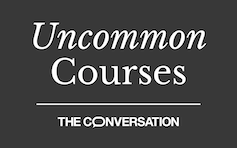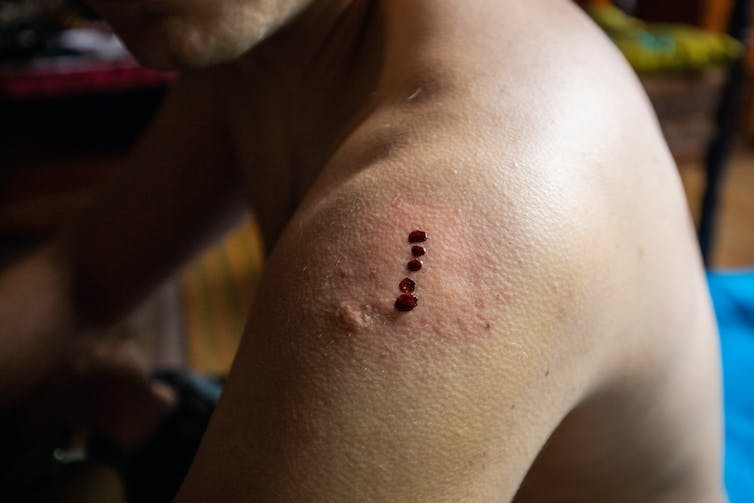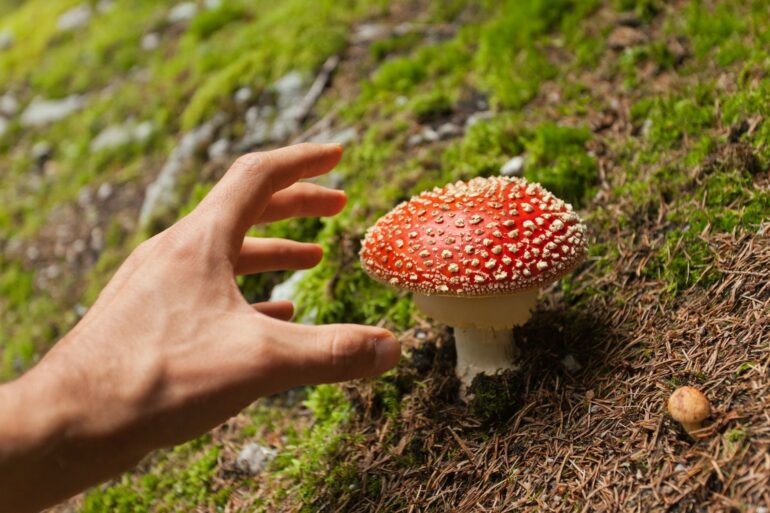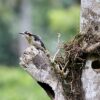
Uncommon Courses is an occasional series from The Conversation U.S. highlighting unconventional approaches to teaching.
Title of course:
“From Magic Mushrooms to Big Pharma”
What prompted the idea for the course?
I’m from the foothills of the Appalachians in southern Ohio, where my Grandma Mildred would go out into the woods, which she called her medicine cabinet, to find herbs to use as medicine. I grew up to be an anthropologist, interested in how people around the world heal themselves. In the 1990s, I did my dissertation research in Ecuador and learned how Indigenous people in the Choco region used ayahuasca and other medicines from the forest to assist in the grieving process.
With the legalization of cannabis in many states and increased research on how “nontraditional” drugs can assist people with post-traumatic stress disorder, depression and addiction issues, it seemed like an opportune time to create this course. It’s part of a new interdisciplinary minor at Western Illinois University called “Cannabis & Culture” that offers students a foundation for understanding the social and cultural context, history and politics of nature-based medicine use in the United States and around the globe.
What does the course explore?
The course looks at how different peoples and cultures use nature-based medicines to heal themselves. First we establish that there are many ways of knowing the world around us, just as there are many ways to heal ourselves. Some of us rely on Western medicine, others pray, yet others turn to Indigenous or traditional ways of healing that are rooted in nature.
We talk about the ways Western medicine now seeks to validate substances that have been used for healing for centuries, like research into how ginger and turmeric can alleviate inflammation, or the ways cannabis can reduce or even eliminate some epileptic seizures.

Kambô frog medicine is a shamanic medicinal ritual that originates among Amazonian tribes who use the poisonous excretion from the Phyllomedusa bicolor tree frog to cure illness.
GummyBone/iStock via Getty Images Plus
We also examine how the pharmaceutical industry has exploited Indigenous peoples’ ethnobotanical knowledge and landscapes for monetary gain.
Using the Amazonian giant leaf frog, or kambô (Phyllomedusa bicolor), as a case study, students learn that at least 15 Indigenous groups have long histories of using the frog’s secretion for its analgesic, antibiotic and wound-healing properties. Eleven patents related to P. bicolor have been granted – all of them in rich countries. Indigenous people have not been compensated for their knowledge.
Why is this course relevant now?
The current generation of young people are open about mental health issues, and many people are looking for new ways to deal with anxiety, grief, PTSD and depression. My students can discuss their health…



